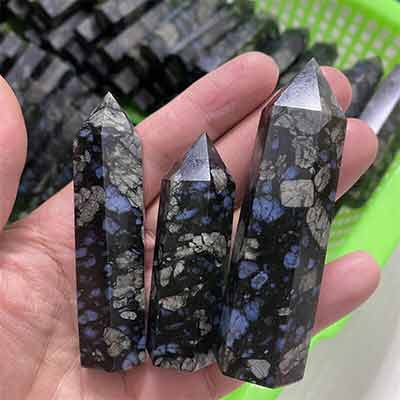What Substrates are Single Crystal?
What Single Crystal Substrate is The Most Widely Used in Semiconductors?
The most commonly researched single crystal substrate in the semiconductor industry is silicon (Si). Silicon is the most widely used material for the manufacture of microelectronics, such as microprocessors, memory chips, and integrated circuits. It is abundant, inexpensive, and has a high thermal and chemical stability, making it an ideal material for high-volume production. Additionally, silicon has a direct bandgap, which makes it suitable for use in photovoltaic devices, light emitting diodes (LEDs), and other optoelectronic devices. These factors have made silicon the dominant material for the semiconductor industry, and it remains the most commonly researched single crystal substrate for both basic research and applied applications.
Get Your Quote FAST!
What are Single Crystal Substrates
In the semiconductor industry, a single crystal refers to a crystal structure that is composed of a single,  continuous and homogeneous crystal lattice, with no grain boundaries or other defects. It is used to manufacture semiconductor devices such as transistors, diodes, and integrated circuits, due to its superior electrical and optical properties compared to polycrystalline materials. Single crystal semiconductors are typically grown using methods such as melting and pulling, and are cut into wafers for device fabrication.
continuous and homogeneous crystal lattice, with no grain boundaries or other defects. It is used to manufacture semiconductor devices such as transistors, diodes, and integrated circuits, due to its superior electrical and optical properties compared to polycrystalline materials. Single crystal semiconductors are typically grown using methods such as melting and pulling, and are cut into wafers for device fabrication.
In the semiconductor industry, the following substrates are considered single crystals:
- Silicon (Si)
- Gallium Arsenide (GaAs)
- Germanium (Ge)
- Indium Phosphide (InP)
- Sapphire (Al2O3)
- Silicon Carbide (SiC)
- Gallium Nitride (GaN)
Note that single crystal substrates can be used for a variety of applications depending on the properties of the material, including:
- electronics
- optoelectronics
- power electronics
